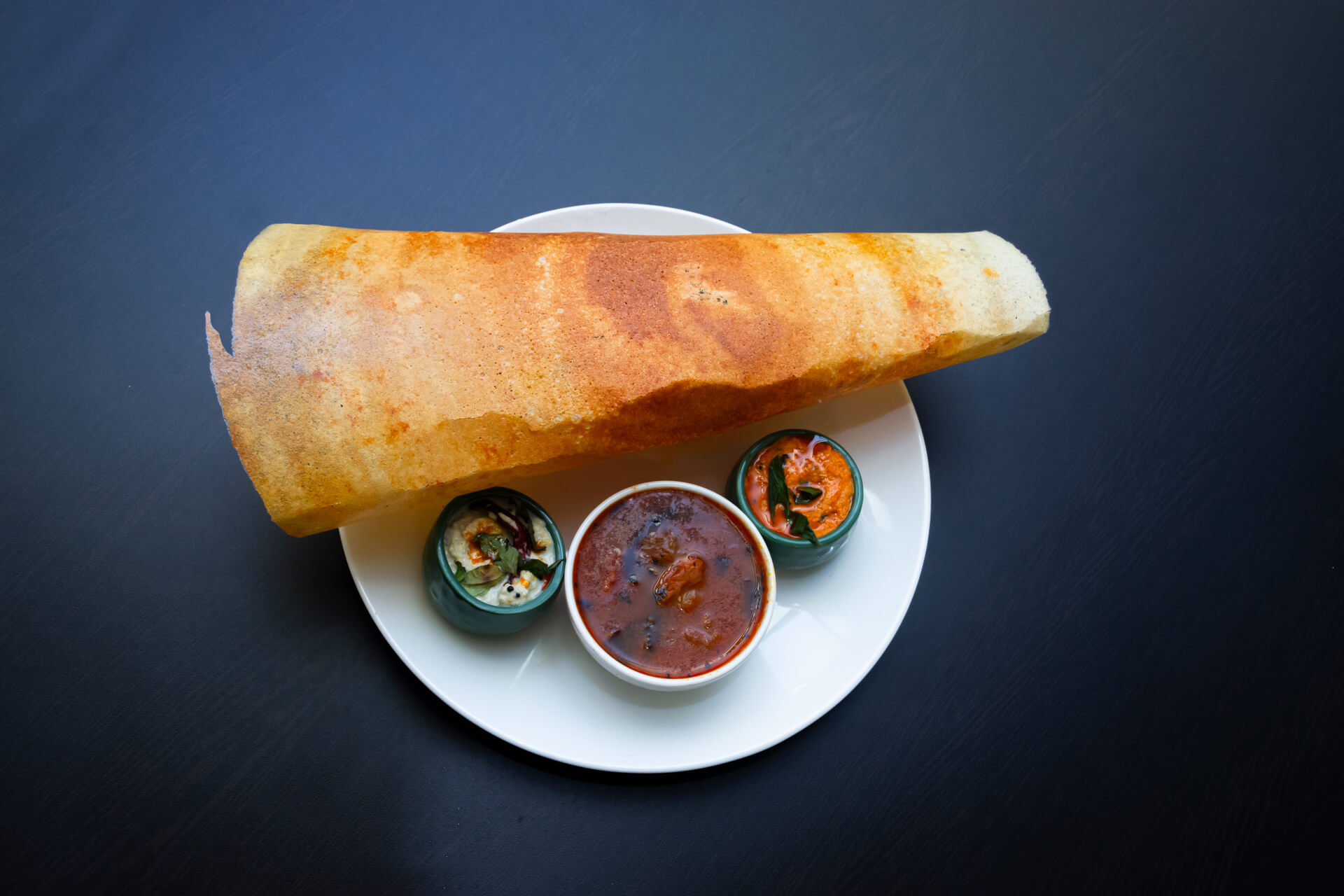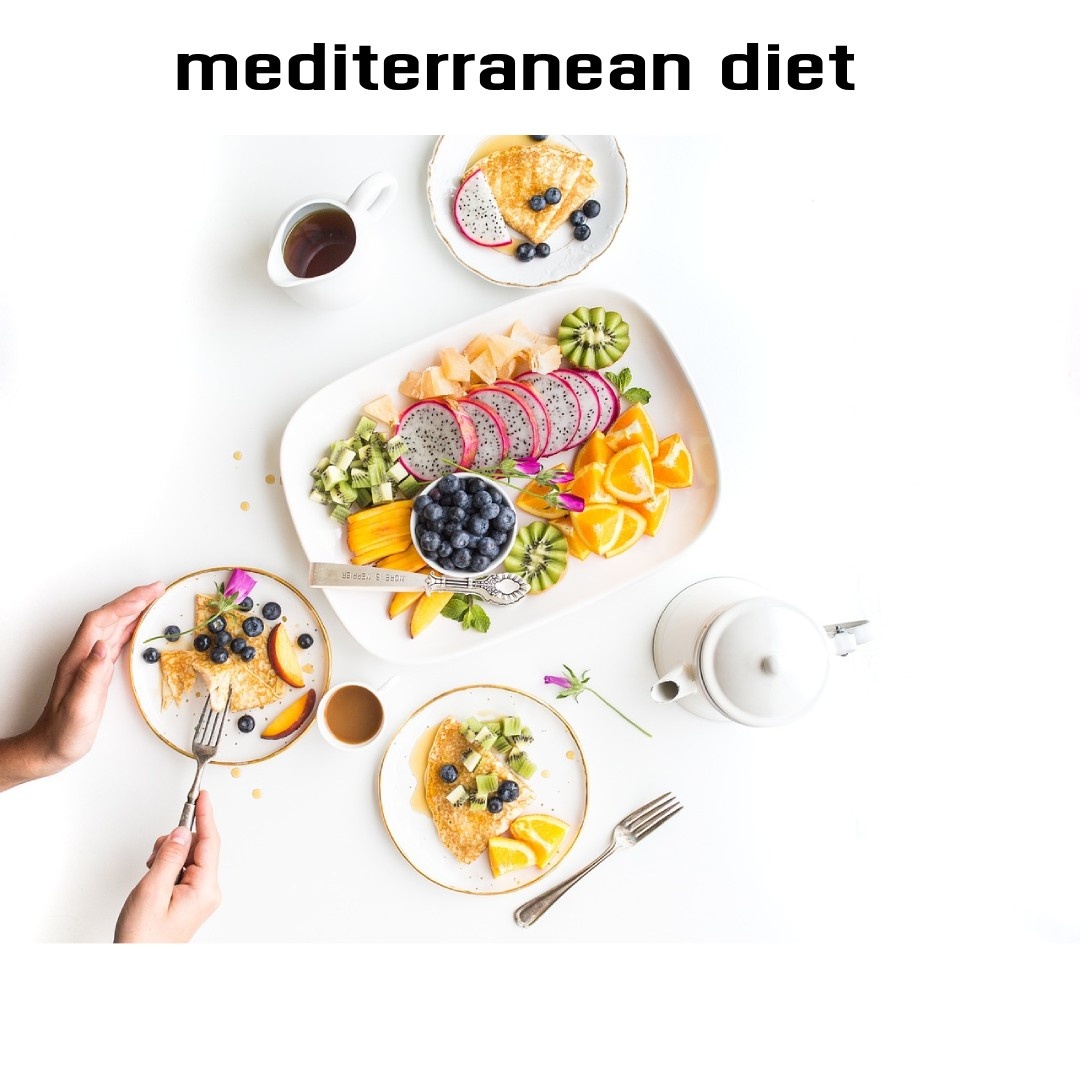Sada dosa is a type of dosa that is made with a batter of fermented rice and urad dal. It is a popular breakfast dish in South India and is often served with chutneys and sambar.
The name “sada” means “plain” in Hindi, and this type of dosa is typically made without any additional ingredients. However, there are some variations of sada dosa that include onions, potatoes, or other vegetables.
Sada dosa is a relatively simple dish to make, but it is essential to use the correct proportions of rice and urad dal. The batter should be thin enough to spread out into a thin circle, but not so thin that it will fall apart.
The fermentation process is also essential for making a good sada dosa. The batter should be fermented for at least 8 hours, but overnight is ideal. This will give the batter a sour flavor that is characteristic of dosa.
Once the batter is fermented, it is ready to be cooked. A non-stick griddle should be heated over medium heat, and a little oil should be added to the griddle to prevent the dosa from sticking.
A ladleful of batter should be poured onto the griddle and spread out into a thin circle. The dosa should be cooked for 1-2 minutes per side or until golden brown and crispy.
Sada dosa is typically served hot with chutneys and sambar. Chutneys are a type of condiment that is made with a variety of ingredients, such as vegetables, fruits, and spices. Sambar is a lentil stew that is also a popular accompaniment to dosa.
Sada dosa is a delicious and healthy breakfast dish that is easy to make. It is a good source of protein and fiber, and it is also low in fat. If you are looking for a healthy and satisfying breakfast option, sada dosa is a great choice.
Here are some additional facts about sada dosa:
- The first written mention of dosa appears in the 8th century in Tamil literature.
- Dosa is believed to have originated in the town of Udupi in Karnataka, India.
- Sada dosa is a popular breakfast dish in South India, but it can also be enjoyed for lunch or dinner.
- There are many different variations of sada dosa, including masala dosa, onion dosa, and paper dosa.
- Sada dosa is a gluten-free and vegan dish.
Ways to Make Your Own Recipe
Ingredients:
- 1 cup urad dal (white lentil)
- 2 cups parboiled rice
- 1/4 cup poha (flattened rice)
- 1 teaspoon fenugreek seeds
- Salt to taste
- Oil for greasing the pan
Instructions:
- Wash the urad dal, rice, poha, and fenugreek seeds thoroughly.
- Soak the urad dal and rice in separate bowls for at least 4 hours, or overnight.
- Drain the water from the urad dal and rice.
- Grind the urad dal to a smooth paste in a blender, adding a little water as needed.
- Grind the rice and poha to a smooth paste in a blender, adding a little water as needed.
- Combine the urad dal paste and rice paste in a large bowl.
- Add salt to taste.
- Mix well and cover the bowl with a lid.
- Ferment the batter in a warm place for 8-12 hours.
- Once the batter has fermented, heat a non-stick griddle over medium heat.
- Grease the skillet with a bit of oil.
- Pour a ladleful of batter onto the griddle and spread it out into a thin circle using the back of the ladle.
- Cook the dosa for 1-2 minutes per side, or until golden brown and crispy.
- Serve hot with your favorite chutneys and sambar.
Tips:
- For a more flavorful dosa, you can add a pinch of hing (asafoetida) to the batter.
- If the batter is too thick, add a little water until it reaches the desired consistency.
- If the batter is too thin, it will be difficult to spread out into a narrow circle.
- To prevent the dosa from sticking to the griddle, make sure the griddle is hot before adding the batter.
- You can also cook the dosa in a panini press.






